8.10.2023
ISRO Partners with Navy for Gaganyaan Abort Test
ISRO and the Indian Navy join forces for the crucial Gaganyaan abort test, a milestone in India’s human spaceflight mission.
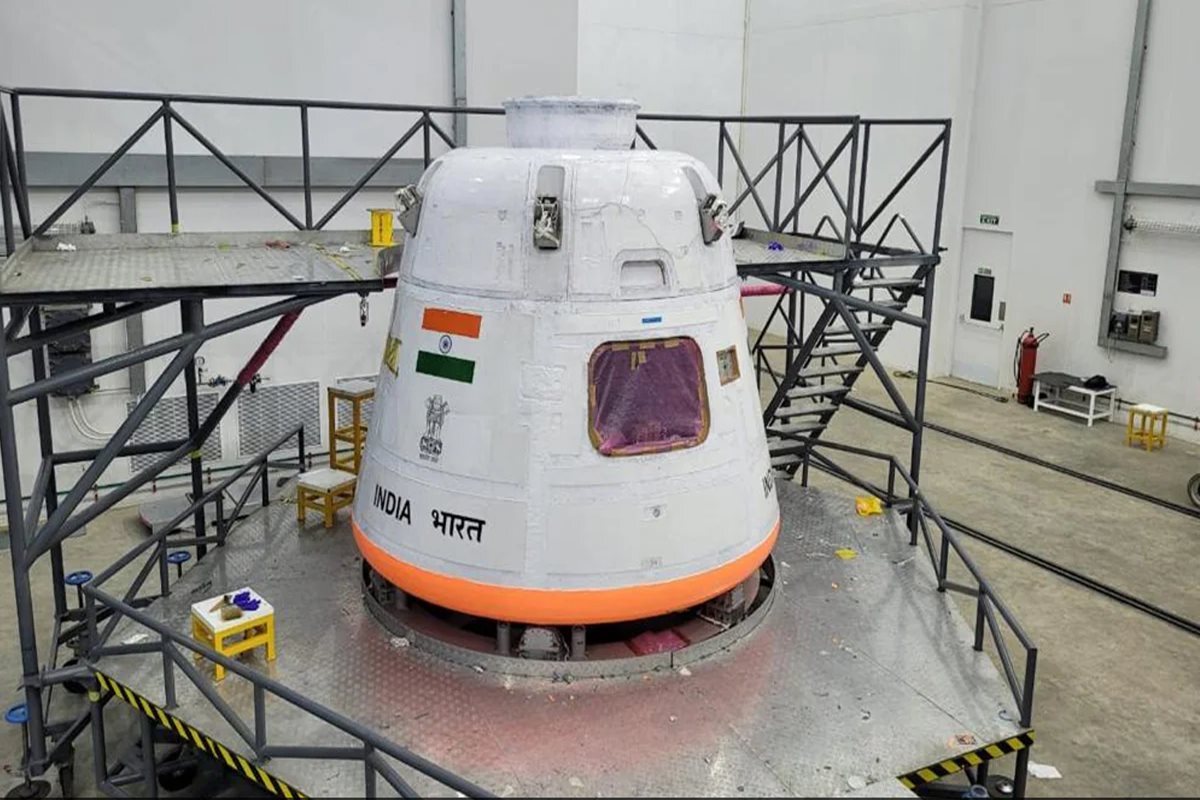
The Indian Space Research Organisation (ISRO) is gearing up for a significant milestone in the Gaganyaan mission, India’s ambitious human spaceflight endeavor. ISRO, in collaboration with the Indian Navy, has unveiled its plans for the upcoming Gaganyaan abort test, a critical component of the project.
In an official statement released on Saturday, ISRO confirmed that the unmanned flight tests for the Gaganyaan mission are set to commence shortly. This crucial phase involves the testing of the Crew Escape System’s performance, known as the Flight Test Vehicle Abort Mission-1 (TV-D1).
The test launch will originate from the Satish Dhawan Space Centre, located in Sriharikota. During the test, the Crew Module, housing the astronauts for the Gaganyaan mission, will separate from the launch vehicle at an altitude of 17 kilometers. Subsequently, an autonomous abort sequence will be initiated, followed by the deployment of parachutes, leading to the module’s safe splashdown in the Bay of Bengal.
A significant highlight of the abort test is the role played by the Indian Navy. ISRO has enlisted the support of a dedicated vessel and a proficient diving team from the Navy to recover the Crew Module after it touches down in the sea. This collaboration underscores the importance of teamwork and safety in the Gaganyaan mission.
The Gaganyaan mission itself is an ambitious venture aimed at developing a human-habitable space capsule capable of carrying a three-member crew into orbit, where they will orbit at an altitude of 400 kilometers for three days before safely splashing down in the Indian Ocean.
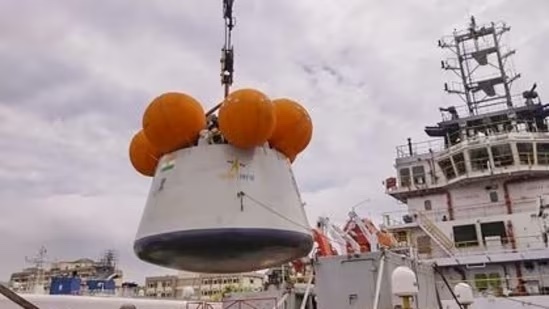
In addition to these developments, ISRO has provided an exciting glimpse into the future. They recently unveiled images of the Gaganyaan spacecraft, which is slated to transport humans to space in December 2024. This revelation marks a significant step forward in India’s space exploration journey.
As ISRO readies itself for the impending unmanned flight tests, the nation anticipates this historic moment with great enthusiasm. The Gaganyaan mission represents India’s relentless pursuit of space exploration and reinforces its position in the global space community.
Quelle: The Statesman
----
Update: 16.10.2023
.

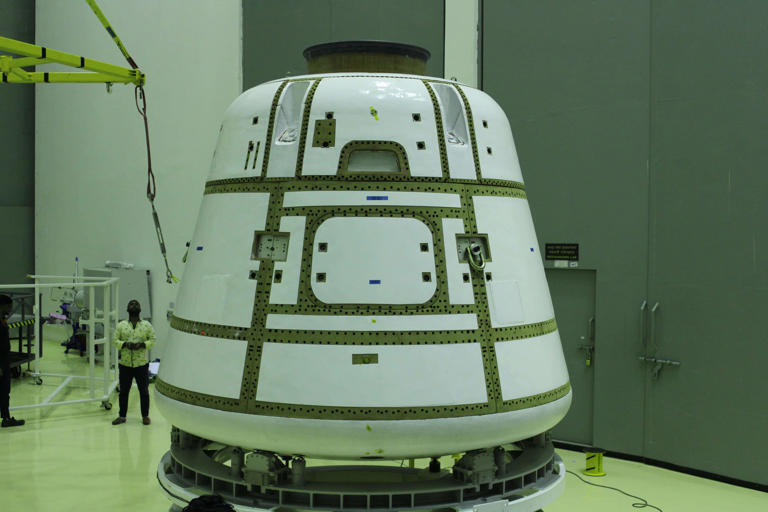
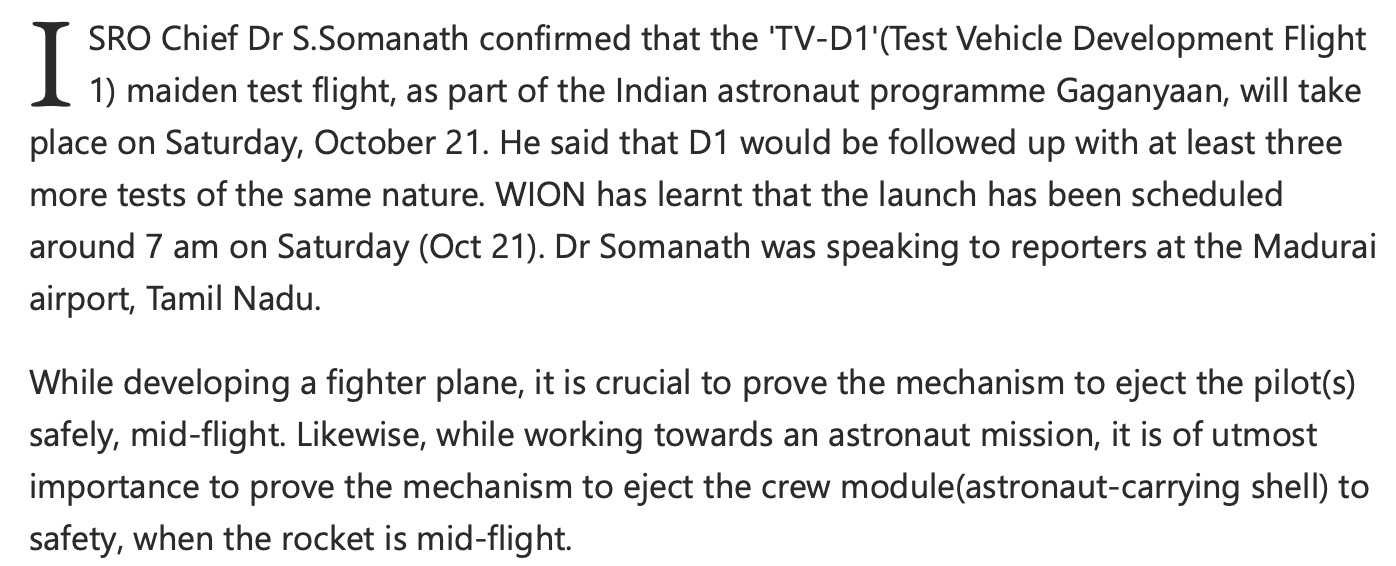
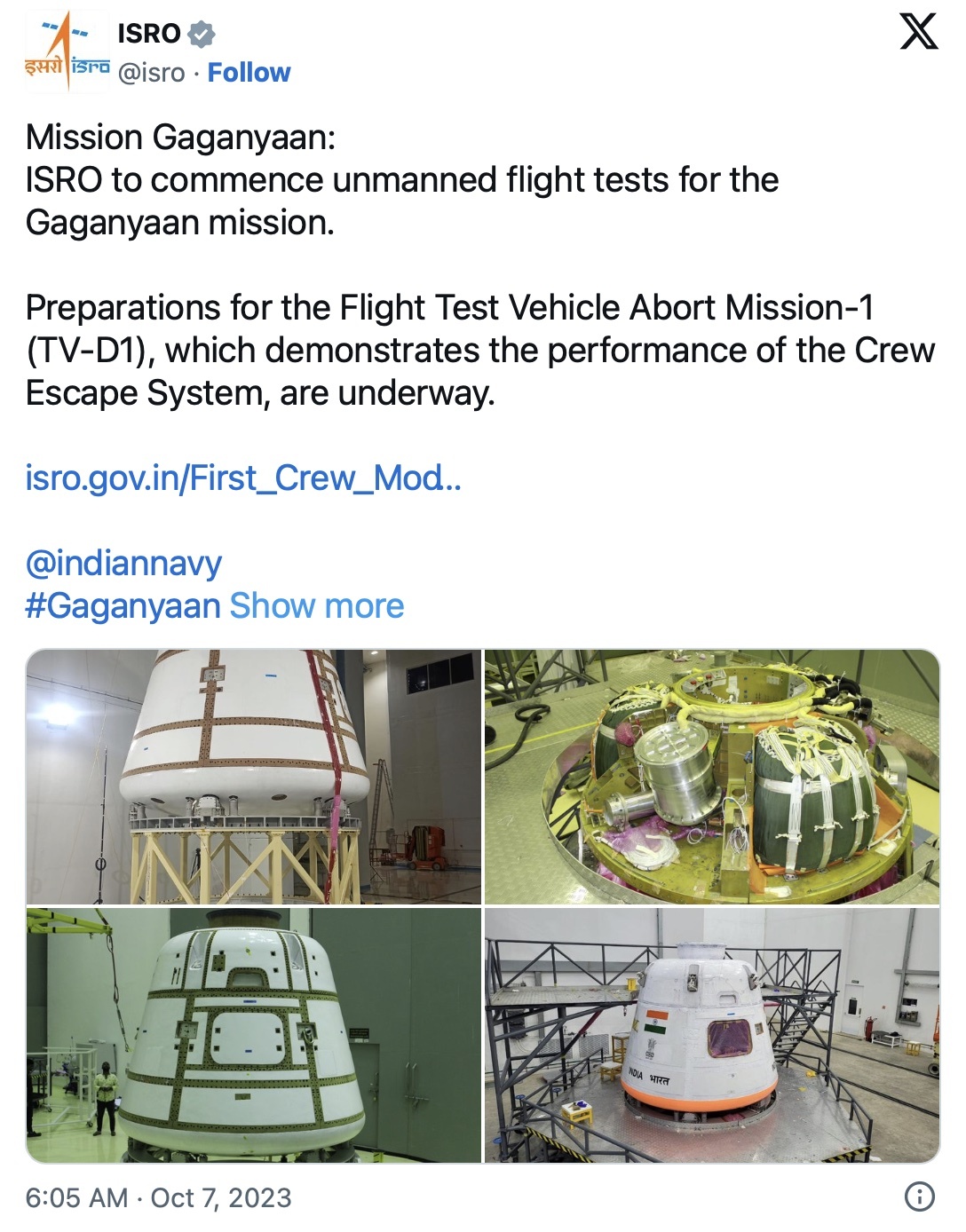
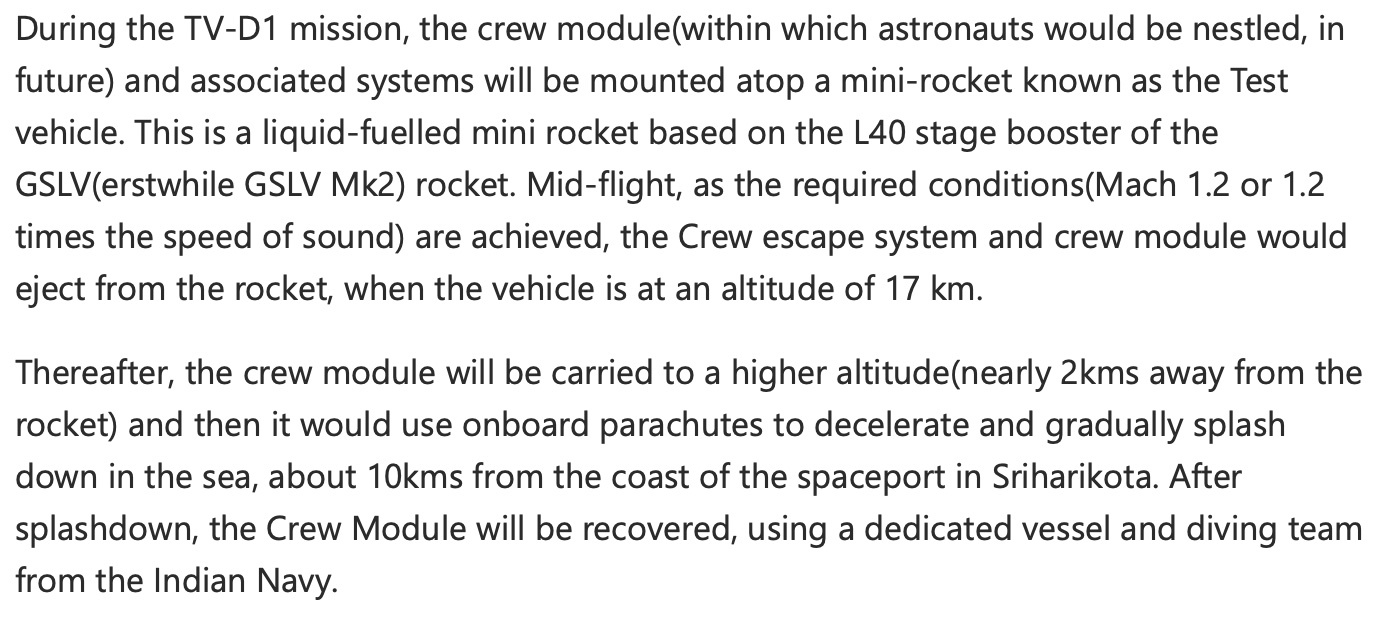
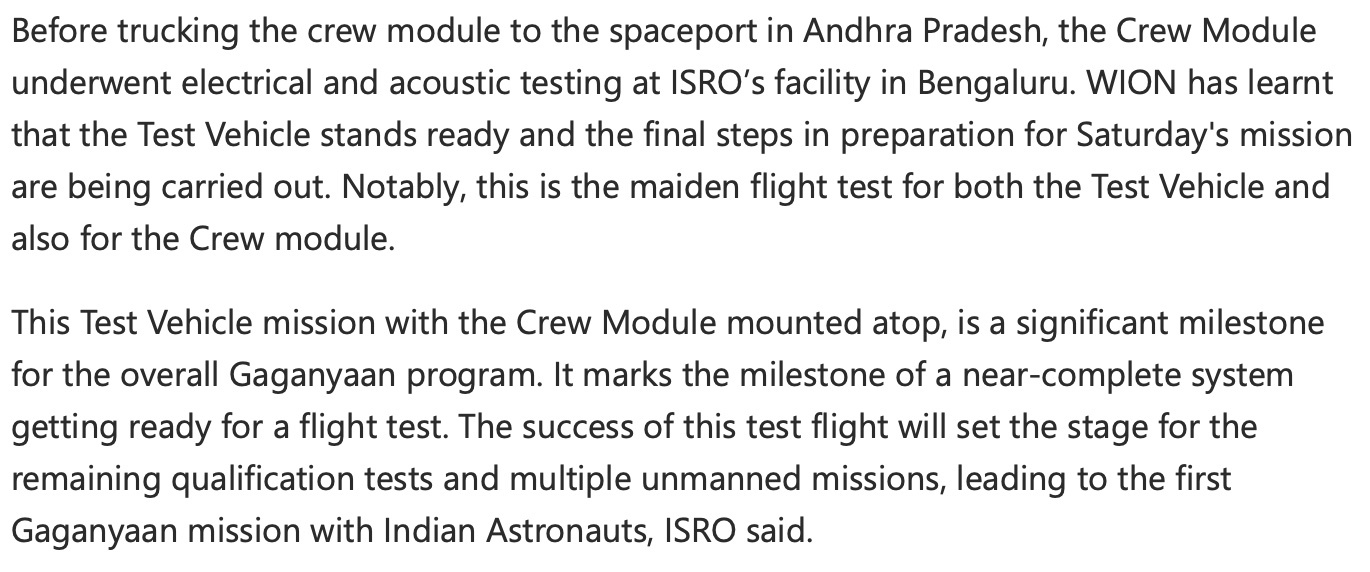
Quelle: WION
----
Update: 18.10.2023
.
ISRO Prepares for Gaganyaan Flight
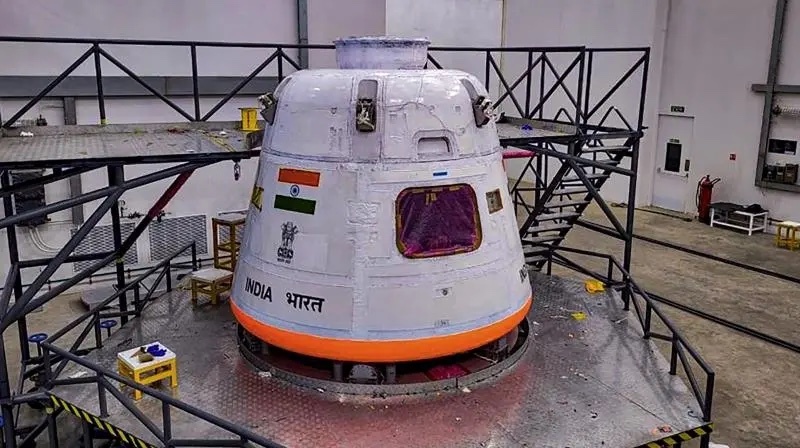
Preparations underway for Gaganyaan mission's Flight Test Vehicle Abort Mission-1 (TV-D1), which demonstrates the performance of the Crew Escape System, in Bengaluru. (PTI Photo)
Tirupati: The Indian Space Research Organisation (ISRO) will conduct an unmanned flight test for the Gaganyaan human spaceflight mission on Saturday to demonstrate the performance of the crew escape system.
The test will be held between 7 am and 9 am on October 21 at the Sriharikota spaceport and the capsule will be recovered from the Bay of Bengal.
Isro chairman S. Somanath said three more test vehicle missions would be launched after the one on Saturday.
The Test Vehicle Abort Mission-1 (TV-D1) is meant to test the performance of the crew escape system.
The crew module (CM) is where astronauts are housed in a pressurised, earth-like atmospheric condition during their space flight. The CM, currently in various stages of development, is an unpressurized version specifically designed for TV-D1.
On Saturday, the module will be launched atop a single-stage rocket. When it reaches 17 km, the mission will be ‘aborted’ and the module will separate from the rocket.
"Subsequently, an autonomous abort sequence will be executed, including the separation of the crew escape systems and deployment of a series of parachutes, leading to the safe landing of the module in the sea, approximately 10 km from the coast of Sriharikota," Isro said.
During this flight, TV-D1 will simulate an abort condition during the ascent trajectory, mirroring the conditions that could be experienced in the Gaganyaan mission.
Isro said the CM contained essential systems for deceleration and recovery, including parachutes, recovery aids, actuation systems and pyrotechnics. Its avionics systems have dual redundancy for navigation, sequencing, telemetry, instrumentation, and power.
It's equipped with extensive instrumentation for collecting flight data. The CM will be retrieved from the Bay of Bengal using a dedicated vessel and an Indian Navy diving team after landing.
The Gaganyaan project envisions showcasing human spaceflight capability by launching a crew of three members into an orbit of 400km for a three-day mission and ensuring their safe return to earth by landing in Indian sea waters.
As part of the Gaganyaan mission, four astronauts are currently undergoing crew training and mission-specific training at the astronaut training facility in Bengaluru, covering various aspects of spaceflight.
Quelle: Deccan Chronicle

